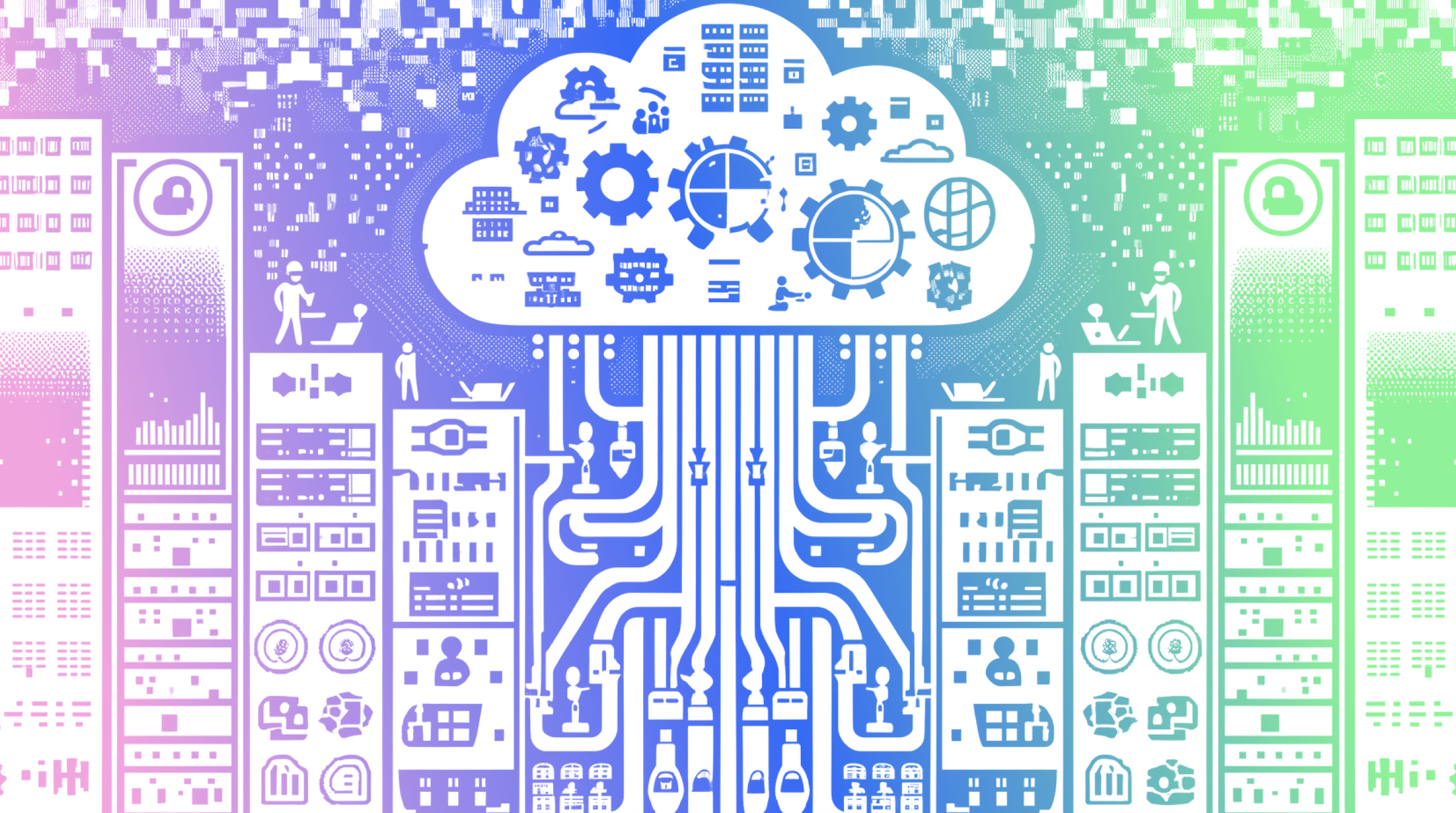Prioritizing software solutions’ sustainability: A pragmatic guide for decision makers in uncertain times
Even in the midst of economic challenges, the world around us continues to evolve, bringing external demands and pressures to keep tailored systems up-to-date both technically and in terms of usability.

In these turbulent times, decision makers like you are faced with tough choices. Economic uncertainties have cast a shadow over planned software replacement projects, forcing a reassessment of your organization's strategy.
It's crucial to consider a pragmatic approach that conserves resources, provides stability, and preserves your organization's relevance.
Business development and Innovation: There's a temptation to incur technical debt, potentially eroding the robustness of our systems. Accumulating technical debt is a perilous practice. Converting innovative business ideas into digital services in the future becomes a slower and costlier process if technical debt isn't addressed promptly. A technically vibrant, customized digital service is inherently safer and more cost-effective to develop, and doesn’t put new business ideas and innovations on hold, awaiting a decision for the complete overhaul of the entire system.
If you want to know more about technical debt and how to avoid it, download our guidebook on the topic.
Cost Savings and Future Resilience: We're all acutely aware of the importance of fiscal prudence. Embarking on a new software system development can be a substantial financial commitment, but what if you could prolong the life of your current system? Cost savings cannot mean stopping all development and also building on current solutions’ life-cycle requires budget, but relieved one. This approach not only conserves your budget but also preserves the flexibility to transition to a new system when economic conditions improve.
Mitigating Risks and Gradual Improvement: The creation of a new system often comes with unanticipated risks and operational disruptions. Instead of a major overhaul, consider bridging your existing system into a new architectural framework. This strategy reduces risks and allows for gradual, manageable system upgrades, which is invaluable in these uncertain times.
Enhanced Security and Reliability: It's common for older systems to carry security vulnerabilities and reliability issues. By upgrading your current system through architectural adjustments and scanning regularly if not continuously the pieces the system builds on, you can bolster security and reliability without initiating a full system replacement.
Eco-Friendliness and Resource Efficiency: The development of a new system usually involves the use of new hardware and resources, which can have a negative impact on the environment. By optimizing your existing infrastructure and upgrading your system through technical enhancements, you can contribute to eco-friendliness and resource efficiency. And by the way, doesn’t resource efficiency mean cost savings in the long run?
Breathe life into your old and trusted digital services
In these uncertain times, prioritizing sustainability and a pragmatic approach is paramount. Functioning digital solutions are critical, and while you may be postponing new investments, smaller investments in preserving and optimizing your existing systems are a minimum requirement to remain competitive and relevant in today's landscape.
As a decision maker, the choices you make will shape your organization's future. Practicality and forward-thinking are the guiding principles that ensure your organization's continued relevance and competitiveness.
At Kodan, we've crafted a small-scale development and maintenance service offering to assist in this endeavor. This product has successfully convinced our clients to extend the lifecycle of the tailored systems we've built and it has brought into our hands clients’ systems constructed by other suppliers.
And, like others, we acknowledge the challenges associated with legacy systems. However, unlike many others, we don't shy away from it as a matter of principle. Breathing new life into existing systems is a fundamental expertise of ours. We call it “tunking” (tunkkaaminen in Finnish).
This text was written by Kodan’s COO, Toni Mikkola.